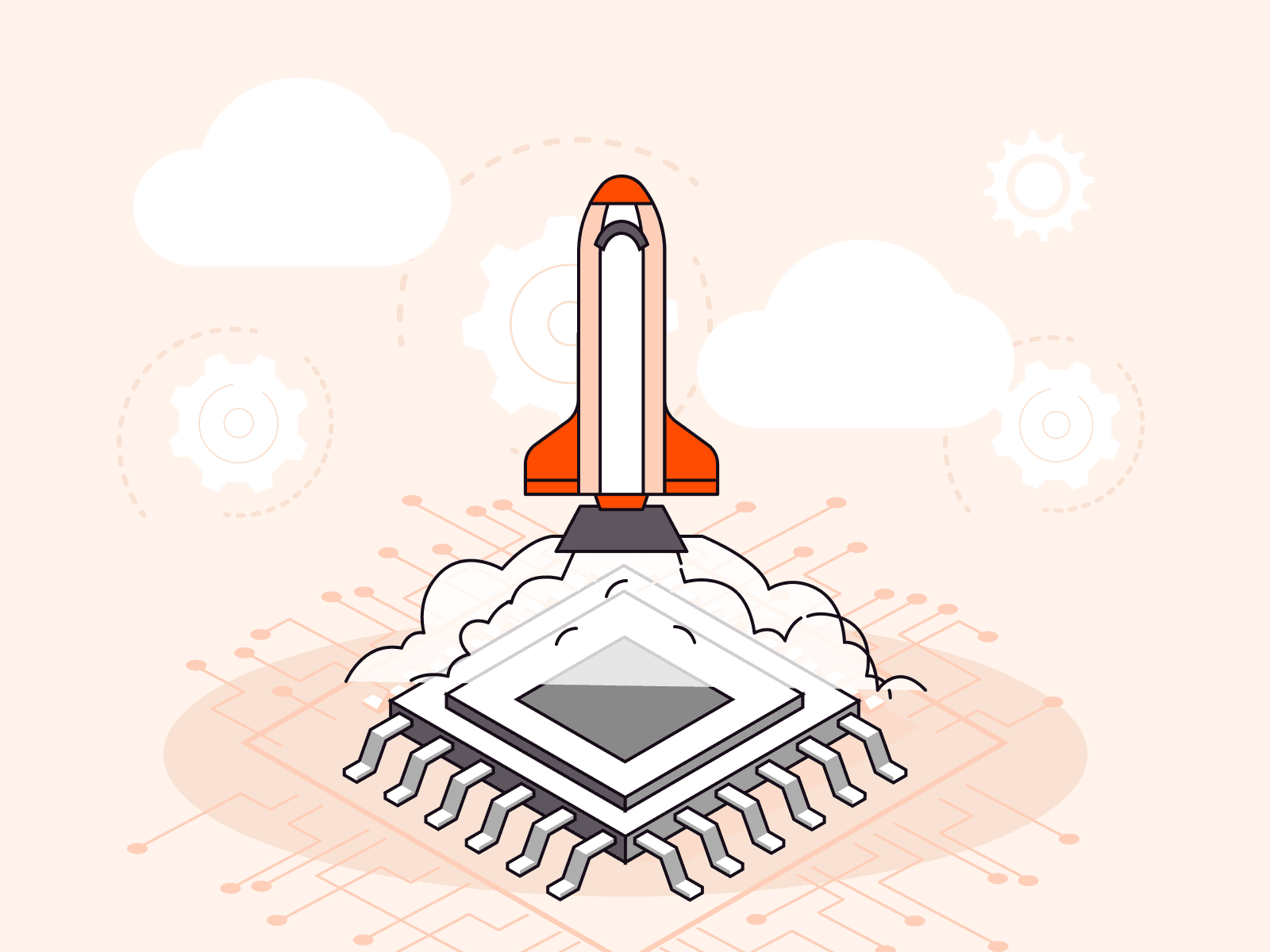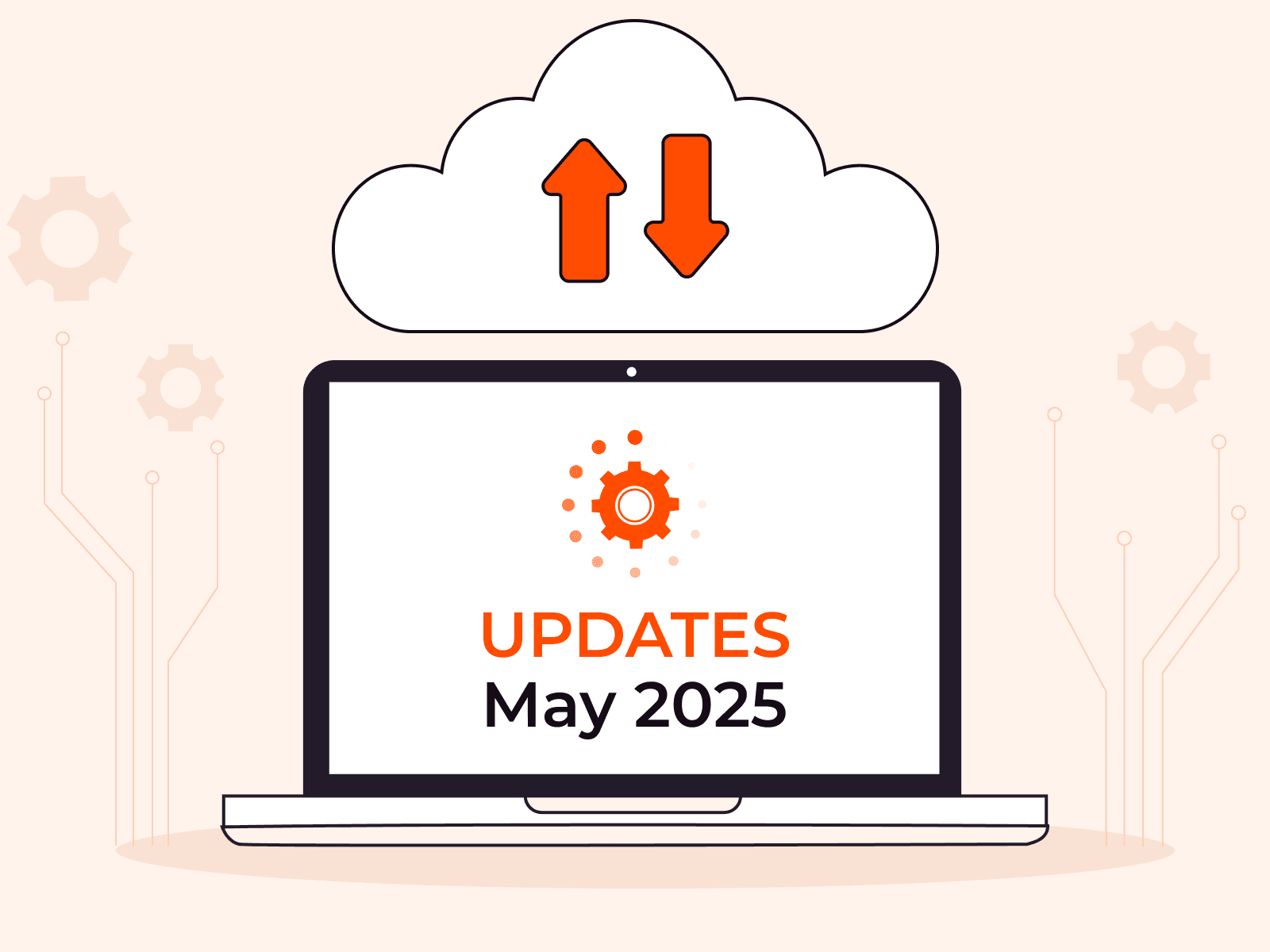Managed Kubernetes on Bare Metal: Why Your Business Needs It
- July 20, 2023
- 5 min read

In an era of rapid digital transformation, where efficiency and speed are paramount, many businesses are faced with a challenging predicament: how to maximize the performance of their container orchestration systems without getting bogged down by unnecessary software layers. Kubernetes, a leading choice in the field of container orchestration, is being widely adopted by many cloud service providers. In this article, we’ll explore a compelling solution for optimizing its efficiency and speed—deploying Kubernetes directly on your own hardware on bare metal. This approach can circumvent unnecessary software layers, potentially leading to significant improvements in system speed and efficiency. Let’s dive in and explore why your business needs managed Kubernetes on bare metal!
Kubernetes Options
As the go-to solution for container orchestration, Kubernetes can be set up on either virtual machines (VMs) or bare metal servers, and can be self-managed or offered as a managed service, giving four options in total, as described in the following sections. Self-managed Kubernetes means you take care of the entire infrastructure set up and management yourself, while with managed Kubernetes a cloud provider deals with much of the infrastructure and maintenance for you.
Each of these methods comes with its own set of benefits and drawbacks. Let’s talk about the pros and cons of all of these.
Managed Kubernetes on Bare Metal
With this option, you maintain the convenience of managed Kubernetes, and add the performance benefits of bare metal. With managed Kubernetes on bare metal, your Kubernetes worker nodes run on a dedicated server and the control plane components are managed by the Kubernetes provider. Performance is superior to VMs, and you hand off the work of managing Kubernetes to an expert provider.
Pros:
- Utilize the full performance of native machines
- No or minimal effort required to keep your clusters updated
- Workload is more secure as there are no other workloads running on the server
Cons:
- Less control on Kubernetes control plane components
- Can be costly when compared to VMs
Managed Kubernetes on VMs
Managed Kubernetes on VMs is offered by various cloud providers, including Gcore. Setup is usually quick and easy, regardless of provider choice. Most cloud providers who offer managed Kubernetes have a number of shared features in their packages, such as service mesh and configuration management.
Pros:
- Low management cost in terms of engineering resources
- Easy component upgrade—various Kubernetes components may need to be upgraded, including etcd, kube-proxy, CNI, and CSI, and a provider takes care of this process
- No need to manage the complex elements like networking or etcd
- Integrates with supporting services like access management in the provider’s cloud
Cons:
- Does not provide a lot of control on the underlying components like etcd and networking since these are generally abstracted from the client
- Cannot extract the most performance out of the worker nodes if they are running on VM due to neighbor compute issues
Self-Managed Kubernetes on Bare Metal
Self-managed Kubernetes on bare metal is complex to execute as you have multiple responsibilities. You need to manage the underlying operating system and its different components and dependencies, and also manage the components of Kubernetes and networking. This is by far the trickiest option to pull off, but it’s not without its benefits.
Pros:
- Granular control over each and every component
- Very high performance potential, as there are no performance bottlenecks due to neighboring VM
Cons:
- Tough to manage such a large infrastructure without support
Self-Managed Kubernetes on VMs
If you don’t want to use a managed Kubernetes solution, you can run your Kubernetes cluster on VMs yourself. This entails an additional management burden, since you have complete responsibility for all aspects of the infrastructure, such as Kubernetes control plane components, upgrades, backup, and updates. On the other hand, you gain complete control.
Pros
- Total control of the Kubernetes components, allowing you to make any adjustments easily and quickly
Cons
- Resources required for management of the Kubernetes components, which costs money
- VM can struggle from noisy neighbor issues
- You bear full responsibility if anything goes wrong with your infrastructure
Selecting the Best Solution for Your Business
So far, our exploration of the four options has highlighted two significant dimensions to consider when it comes to managed versus self-managed: the need for granular control, and the degree of resource management required. If you opt to run things yourself, you need to invest serious time and energy into resource management, but you gain the advantage of complete oversight. On the other hand, outsourcing to a managed Kubernetes provider requires less resource management at the expense of less control. On the VM versus bare metal side, the main considerations are cost and performance. Both are higher for bare metal, so your choice will depend on your particular use case.
If high performance and efficiency are high priorities for you, running a managed cluster on bare metal could be the optimal solution. This approach potentially offers the best of both worlds, balancing robust performance with a degree of manageability. Let’s now take a look at the benefits of bare metal specifically, and then turn to the combination of bare metal and managed Kubernetes.
Benefits of Using Bare Metal Infrastructure
Let’s take a look at the benefits of using bare metal for your Kubernetes infrastructure, which include hypervisor overhead, no neighboring VMs, a high level of control, and increased security.
No Hypervisor Overhead
In cloud computing, hypervisors operate on physical servers, providing the illusion of working within a Virtual Machine (VM). While this abstraction is effective in many situations, it is not without its challenges. For instance, you may experience throttling of your CPU usage when a neighboring VM monopolizes the resources.
Bare metal removes the hypervisor layer that typically exists between your VM and the underlying machine. This elimination is particularly advantageous for resource-intensive applications, as there is no longer a hypervisor consuming substantial resources. Additionally, by eliminating the hypervisor, you also eradicate any associated licensing costs. As a result, the overall system becomes not just more efficient, but also significantly more cost effective. With bare metal, you can supercharge your performance while simultaneously optimizing expenditure—an ideal scenario for any business, and essential to efficient Kubernetes operations.
Full CPU Power
Running your infrastructure on bare metal paves the way for unbridled performance. You can fully harness the power of your machines, leading to a remarkable increase in efficiency. This guarantees you can tap into the full potential of your hardware, transforming it into a powerhouse of processing capability. Unlike with VMs, you gain absolute control over the machine, and can rest assured that no rogue processes will interfere with your operations. With bare metal, the annoyance of CPU throttling due to an unidentified entity is a thing of the past.
More Control
Bare metal grants you a degree of control of the underlying hardware that simply isn’t possible with a traditional VM setup. Low-level configurations and interfaces, which are typically out of reach in a VM environment, are fully at your disposal. This can make a big difference when fine-tuning your system to achieve the optimal configuration for your workload. Containers operating on physical servers can also directly utilize the machine’s resources, such as GPU and disk.
Increased Security
Bare metal doesn’t just offer performance benefits; it also offers you more advanced security options. The total control you gain over your machine enables you to implement heightened security standards such as SElinux and AppArmor. These tools, often reserved for security experts, become an essential part of your arsenal, providing a robust shield against potential threats to ensure consistent performance.
Security isolation is also an important benefit of bare metal. Each bare metal server functions as an independent entity, reducing the chances of a security threat caused by other workloads running on the same hardware via a hypervisor.
Combining Forces: Managed Kubernetes on Bare Metal.
With managed Kubernetes on bare metal, you can access the benefits of robust performance while keeping your management overhead to a minimum. Let’s look at how Gcore’s Managed Kubernetes on Bare Metal can help your business to move faster, so you can decide for yourself whether your business needs business managed Kubernetes on bare metal.
Use Cases
Gcore’s Managed Kubernetes on Bare Metal could be the right choice if you need any/all of the following scenarios:
- Low-latency systems, like for high frequency trading systems
- Processing vast quantities of data
- Specific security requirements
Advantages of Managed Kubernetes on Bare Metal
With Gcore Managed Kubernetes you have these advantages out of the box:
- Management of components such as kube-proxy, CNI, CSI, API servers, and etcd by Gcore
- Timely upgrades of the Kubernetes control plane components
- Monitoring of all the nodes running on bare metal via a single dashboard
- Auto-healing and auto-scaling offered as standard
- Ingress with help of nginx Ingress
- PVC with Gcore storage
- Exceptional, low-latency performance
We invite you to try our Managed Kubernetes on Bare Metal today to experience the benefits for yourself.
Conclusion
When you’re choosing between managed and self-managed Kubernetes, and between VMs and bare metal, it’s essential to consider your business’ specific needs. If high performance and low latency are at the top of your wish list, then your business needs bare metal managed Kubernetes.
Gcore’s Managed Kubernetes on Bare Metal gives you the minimal resource overhead of managed Kubernetes alongside the performance of bare metal, providing a powerful yet simple solution for your business needs. Get started for free or talk to an expert about your use case.
Related articles
Subscribe to our newsletter
Get the latest industry trends, exclusive insights, and Gcore updates delivered straight to your inbox.






